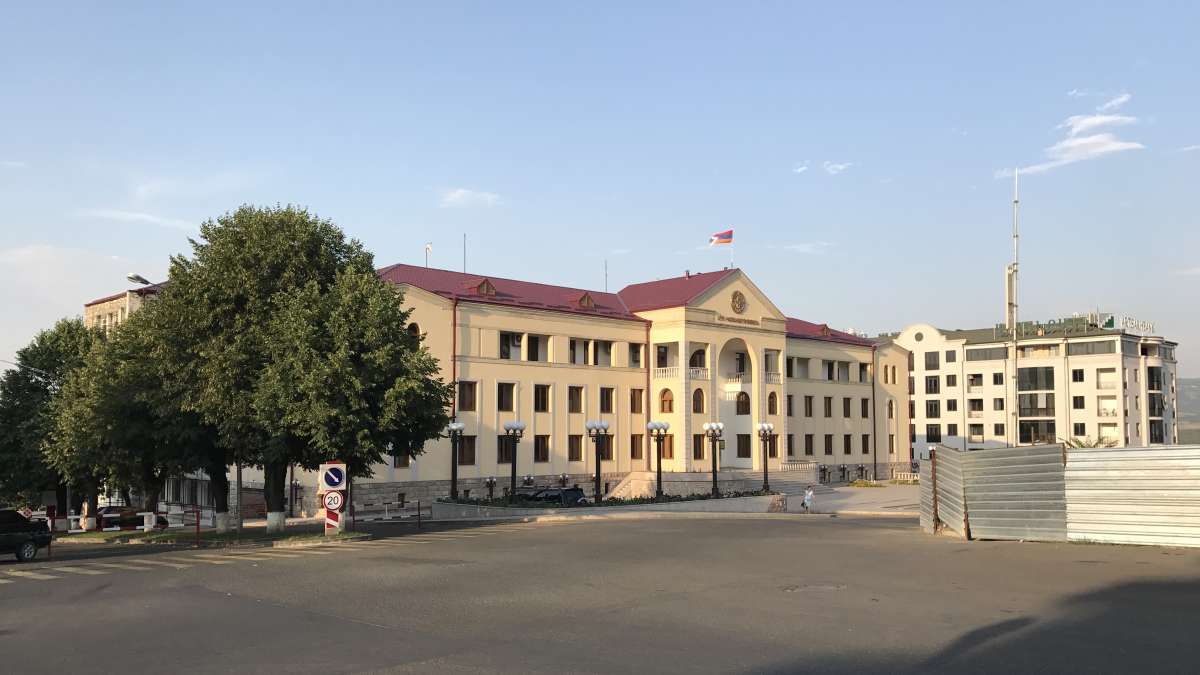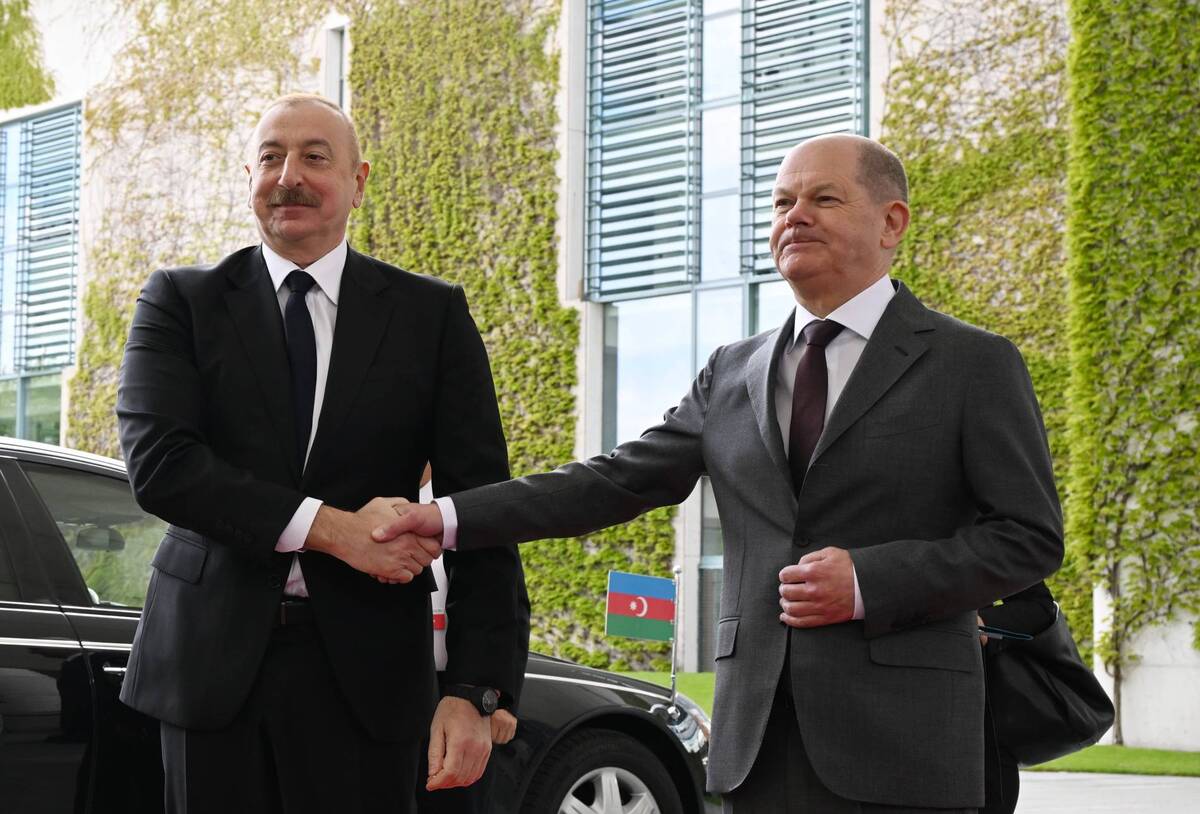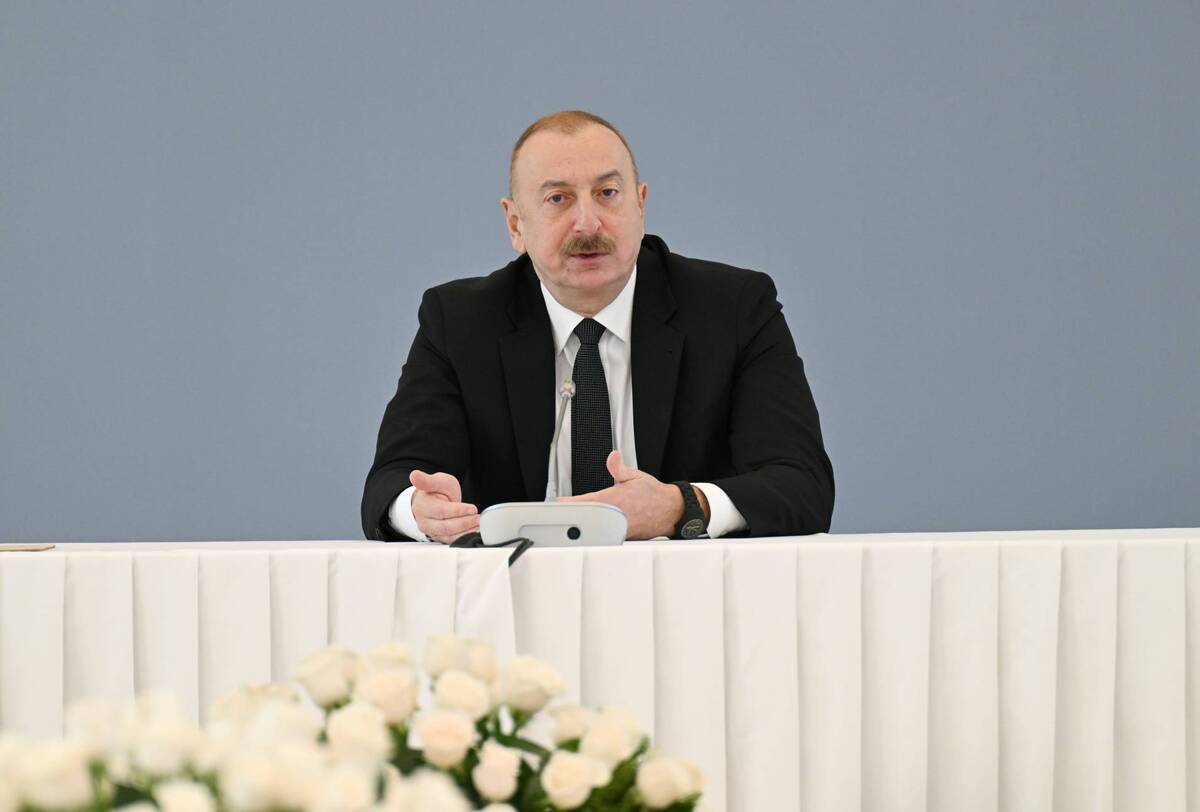- Home
- “Nagorno Karabakh’s” Demise: A Long-Predicted End to a Bitter Dispute
28 September 2023
“Nagorno Karabakh’s” Demise: A Long-Predicted End to a Bitter Dispute
Samvel Shahramanyan, the de facto leader of the NKAO, has signed a decree dissolving the unrecognized entity, but the writing has long been on the wall, writes Onnik James Krikorian.

Image: Benoît Prieur/Wikimedia Commons
On 28 September 2023, Samvel Shahramanyan, de facto leader of what remains of the former Soviet-era Nagorno Karabakh Autonomous Oblast (NKAO), signed a decree dissolving the unrecognized entity mainly inhabited by ethnic Armenians but situated within the territory of Azerbaijan. Truth be known, however, it effectively ended on 9 November 2020 when the leaders of Armenia, Azerbaijan, and Russia signed a trilateral ceasefire statement to end the bitter fighting that had raged for six weeks beforehand.
However, some might argue that the writing was on the wall even in 1998 when Armenia’s first president, Levon Ter-Petrosyan, was forced to resign by then Prime Minister Robert Kocharyan, former Defence Minister Vazgen Sargsyan, and Interior Minister Serzh Sargsyan, with the full support of then de facto Karabakh leader Arkhady Ghukasyan. Ter-Petrosyan warned what would happen next if proposals from the now defunct OSCE Minsk Group were not accepted, but few listened. Instead, complacency set in with later negotiations increasingly resembling imitation.
Even the Madrid or Basic Principles put on the table in the late 2000s by the OSCE Minsk Group, offering Armenia and Karabakh significantly more than it received in 2020, were not taken seriously and finally derailed when Nikol Pashinyan, giddy with euphoria from coming to power following street protests in 2018, walked away from those proposals or variants thereof. A series of miscalculations and reckless steps by the inexperienced politician, a former journalist, led to even more infuriation and impatience in Baku.
By 2020, the path to war seemed irreversible. Since 2011, it had already been considered inevitable. And though the November 2020 trilateral ceasefire statement should have highlighted what the final outcome of nearly three decades of continuous conflict would look like, many in Armenia and Karabakh preferred to ignore the reality and instead prayed for a miracle. Even many among those organizations and commentators funded to ostensibly work towards peace also appeared to bet on a new status quo rather than accept this new reality.
Indeed, instead of accepting the terms of the November 2020 trilateral ceasefire statement, they did everything to dismiss them as a possible foundation upon which to build a difficult but possible future peace. From the outset, there had never been any attempt to explain the nine points contained within or to warn that perpetual delays in implementing the last—the unblocking of regional transport and communication links in the region—would lead only to new conflict.
Reluctance by Yerevan to facilitate a connection between Azerbaijan and its exclave of Nakhchivan, and even though both Baku and Moscow had insisted on reciprocity in terms of Karabakh’s access to Armenia, only added fuel to a simmering fire. Ruben Vardanyan’s accession to the throne in Karabakh also irked Baku and not least because of speculation that he planned to take control of Karabakh’s mining sector. When Baku attempted to inspect the mines, Vardanyan obstructed access.
Russia tried to lessen tensions by offering to install electric scanners on the Lachin road to check what was being transported to Armenia, but Vardanyan again refused. Azerbaijani protesters blocked the road, though they agreed to open a way through when traffic required it, which later turned into the establishment of an Azerbaijani customs and border checkpoint on the Hakari Bridge.
The closure of that checkpoint in June, following its targeting by gunfire from the Armenian side of the border with Azerbaijan, cemented the NKAO’s fate. With offers to engage in talks with Baku over the region’s re/integration continually rejected or disrupted by external actors, by August, it had become clear that a now fully besieged Karabakh would either implode because of emerging socio-political tensions or face surgical military strikes. The latter happened on 19 September.
With more than 70,000 ethnic Armenians having reportedly left Karabakh since the ceasefire agreement signed just a day later, the story has not ended. A battered and dismembered Karabakh will exist until the end of the year while negotiations between Baku and Karabakh representatives continue with steps already being taken to slowly integrate into Azerbaijan. It is unclear how many of those that remain will stay, the situation aggravated as it is by very real fears born from three decades of conflict and calls in some circles for them to flee.
From what we know so far, the integration of Karabakh’s power grid into Azerbaijan’s has already occurred, with gas likely to be next. Meanwhile, there have been proposals to establish joint teams of medics with a field hospital constructed to be manned by both ethnic Armenians and Azerbaijanis. There is also talk of engaging in Track II projects, with representatives of Karabakh’s civil society and youth invited to Baku. If or when this will happen remains unclear.
Regardless, the century-long existence of the former Nagorno Karabakh Autonomous Oblast will soon come to an end. Defined by bitter disputes intermingled with periods of co-existence and co-inhabitation, an attempt to resurrect the latter must be pursued. That will prove difficult, with some saying even impossible, but it is imperative to try. Not rising to this challenge could otherwise prove irreversible and lead to further antagonism, adversity, and conflict in the future. There is also the urgent need to normalize relations between Yerevan and Baku.
As the clock ticks down for both, a new chapter for Karabakh will soon be added to the history books. How it reads will be up to each and every one of us.






